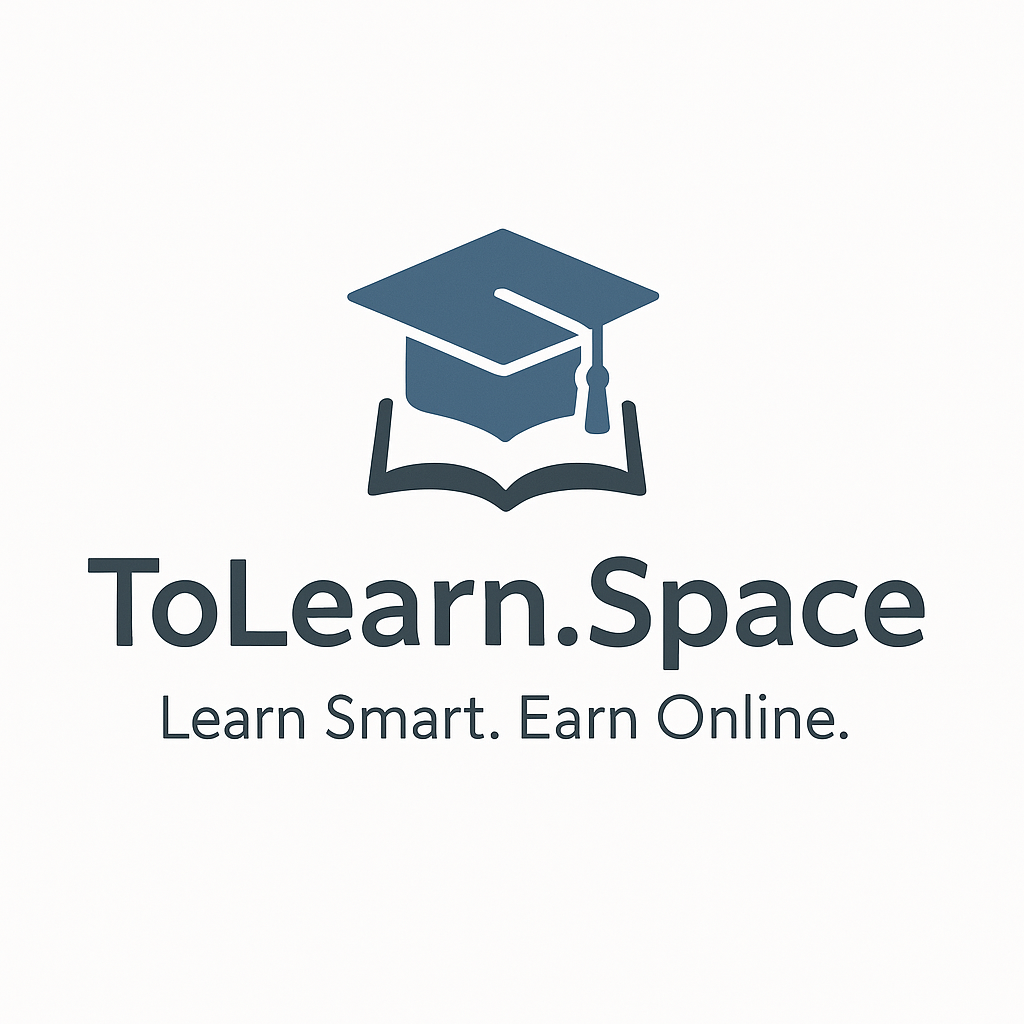How I Made My First Affiliate Sale Without a Blog (And Why It Surprised Me)
Before I made my first affiliate sale, I thought you needed a blog, an email list, a niche, and some magical power I didn’t have. Turns out… I was wrong.
In fact, I made my first $18.60 in affiliate commission before I even had a domain name. No blog. No SEO. No big audience. Just a free tool, a bit of curiosity, and a lot of trial and error.
This is exactly how it happened — and what I learned from it.
The “Accidental” Start
I was messing around with tools like Notion and Canva during late 2023. I had just left my part-time gig, and I was trying to organize my days using productivity templates. One day, I shared a screenshot of my Notion setup in a Facebook group (the kind where people love hacks and templates).
I wasn’t selling anything. I just wanted feedback.
But someone asked, “Do you have a template download link?”
So I quickly created one on Gumroad, added a short description, and shared it. I also noticed that Gumroad had an affiliate system — so I signed up for that too.
The First Click. The First Commission.
I didn’t expect much. Maybe a like or two.
But then, two days later, I got an email: “You’ve earned a commission!”
It was $18.60 — someone had bought the same tool through my affiliate link after reading my comment and checking out the tool.
That tiny notification felt bigger than my last paycheck. Not because of the money — but because it worked. I shared something useful, added a link, and someone bought.
What I Did Right (Even Without Realizing)
- ✅ I posted in a niche group (productivity tools)
- ✅ I offered value first (screenshot + setup)
- ✅ I responded to people, not just dropped links
- ✅ I used a platform people trusted (Gumroad, Notion)
I didn’t need a full-blown blog. I just needed a useful moment, shared at the right time, with the right people.
The Tools I Used (Free + Beginner Friendly)
- Canva – to create shareable visuals
- Notion – my productivity setup
- Gumroad – free platform to host and sell
- Bitly – to track affiliate links
Lessons That Actually Helped Me Grow
After that first sale, I got excited. But also cautious — I didn’t want to spam or push links. So I started doing this instead:
- 🧠 I tested tools myself before recommending them
- 💬 I focused on conversations, not promotions
- 📝 I kept a doc of affiliate programs I genuinely liked
- 🧩 I built a mini “resource” page on Carrd (free site builder)
That tiny page with 5 tools I used earned me over $200 in the next two months — without ads, blogging, or paid traffic.
When I Finally Started a Blog
After seeing some traction, I decided to get serious. I bought a domain. Built a super simple blog with 3 pages. I didn’t have dozens of posts — just three honest ones:
- “Why I use Notion for everything”
- “My 5 favorite tools for freelancing”
- “What I wish I knew about affiliate links”
Each post had just 1–2 links, but they were placed naturally — and people clicked. More than I expected.
Affiliate Marketing Without a Blog: What’s Possible
If you think you need a full blog to start affiliate marketing, I’m here to tell you the truth:
You don’t need a blog to begin. But if you start without one — you need to be useful, honest, and human.
Comment sections, Reddit threads, Facebook groups, Quora answers, TikTok tips — these are all “micro-blogs” if used right.
Your job is to help people solve a small problem. If your link fits that help? They’ll click it. And maybe even buy.
🎯 Want to get started? Read our beginner’s guide: How to Start Affiliate Marketing Without a Blog
And if you’ve made your first affiliate dollar — message me. I want to hear your story. Seriously.













0 Comments